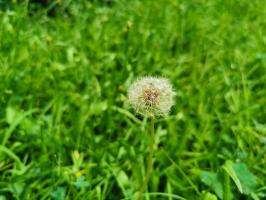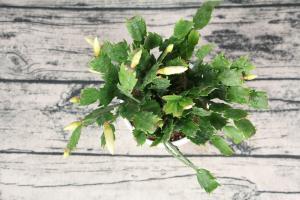Introduction
Rubber tree plants are a popular indoor plant with large, glossy leaves that add a touch of greenery to any space. Not only are they aesthetically pleasing, but they are also easy to care for and propagate. Learning how to propagate a rubber tree plant can save you money and give you the satisfaction of growing a new plant from an existing one. In this article, we will discuss the methods for propagating a rubber tree plant.
Propagation by Stem Cuttings
One of the most common methods of propagating a rubber tree plant is by stem cuttings. To do this, you will need a healthy rubber tree plant with at least one stem that is tall enough to cut. Follow these steps to propagate your rubber tree plant using stem cuttings:
Identify a healthy stem on your rubber tree plant with leaves that are not too young or too old.
Using sterile pruning shears, cut the stem diagonally just above a leaf node. The cutting should be between 6-8 inches long.
Remove the leaves from the lower half of the stem, leaving only two or three at the top.
Dip the cut end of the stem into rooting hormone and plant it in a pot with moist soil.
Cover the pot with a clear plastic bag to create a greenhouse effect and keep the soil moist.
Place the pot in a bright, warm spot but out of direct sunlight.
As the plant grows, gradually remove the plastic bag and move it into a larger pot when necessary.
Propagation by Air Layering
Another method of propagating a rubber tree plant is by air layering. This method involves wrapping part of the plant's stem with moist soil until it develops roots, which can then be potted as a separate plant. Follow these steps to propagate your rubber tree plant using air layering:
Identify a healthy stem on your rubber tree plant and make a small cut halfway through the stem about 12 inches from the top.
Wrap moist sphagnum moss around the cut and cover with plastic wrap, securing it with tape at the top and bottom.
Check the moss regularly and spray it with water if it starts to dry out.
After a few weeks, roots should start to develop in the moss. Once they are well established, cut the stem below the roots and pot them in soil.
Continue to care for the new plant by watering it regularly and placing it in a bright, warm spot but out of direct sunlight.
Propagation by Division
If your rubber tree plant has grown too large for its current pot, you can propagate it by division. This method involves separating the plant into smaller sections, each with its own root system. Follow these steps to propagate your rubber tree plant using division:
Carefully remove the plant from its pot and gently separate the root ball into several sections.
Each section should have a healthy stem and root system and enough foliage to sustain it.
Pot each section in a new pot with fresh potting soil.
Care for each new plant by watering it regularly and placing it in a bright, warm spot but out of direct sunlight.
Conclusion
Propagating a rubber tree plant can be done through stem cuttings, air layering, or division. Each method has its own advantages, but all can result in a new plant that is genetically identical to the original. By following these simple steps, you can propagate your own rubber tree plant and enjoy the beauty of this popular indoor plant in multiple spots around your home.

 how many times do yo...
how many times do yo... how many planted tre...
how many planted tre... how many pine trees ...
how many pine trees ... how many pecan trees...
how many pecan trees... how many plants comp...
how many plants comp... how many plants can ...
how many plants can ... how many plants and ...
how many plants and ... how many pepper plan...
how many pepper plan...
































